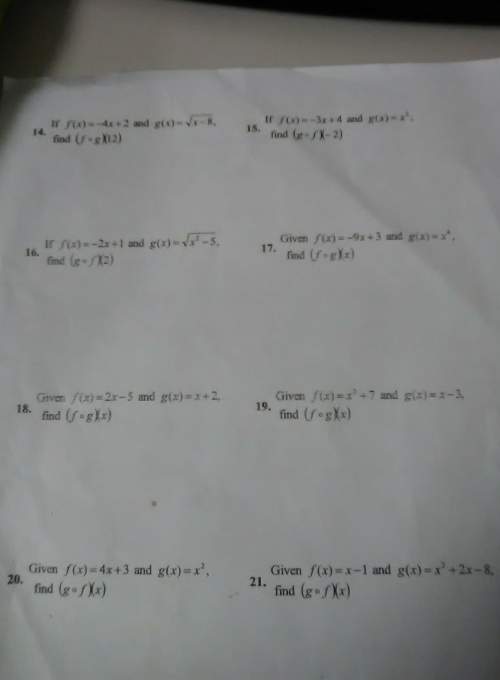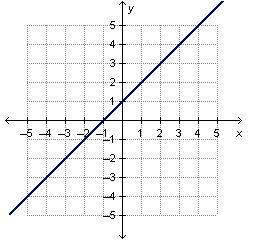
Mathematics, 19.02.2020 00:06 leah7378
Let X be a Poisson(2) random variable, and Y an independent N (1, 3) random variable.
(a) Use Markov’s inequality to bound P (X + Y > 10).
(b) Use Chebyshev’s inequality to bound P (X + Y > 10).
Chebyshev’s inequality does not always give a better estimate than Markov’s inequality. Let X be a random variable with E[X] = 2 and Var(X) = 9. Find the values of t where Markov’s inequality gives a better bound for P(X > t) than Chebyshev’s inequality.

Answers: 3


Other questions on the subject: Mathematics

Mathematics, 21.06.2019 15:00, Travon6524
Select the correct answer from the drop-down menu. this graph represents the inequality x+2< 4,2x> 3,x+6< 12,2x> 12
Answers: 2

Mathematics, 21.06.2019 18:30, issagirl05
Find the exact value of each of the following. in each case, show your work and explain the steps you take to find the value. (a) sin 17π/6 (b) tan 13π/4 (c) sec 11π/3
Answers: 2

Mathematics, 21.06.2019 23:50, davfar334p47luq
Given δjkl : δxyz, find x. a)10 b)12 c)16 d)20
Answers: 2

Mathematics, 22.06.2019 01:00, NNopeNNopeNNope
Bc and bd are opposite rays. all of the following are true except a)a, b,c, d are collinear b)a, b,c, d are coplanar c)bc=bd d)b is between c and d
Answers: 1
You know the right answer?
Let X be a Poisson(2) random variable, and Y an independent N (1, 3) random variable.
(...
(...
Questions in other subjects:

Social Studies, 07.11.2020 01:00

Mathematics, 07.11.2020 01:00

Mathematics, 07.11.2020 01:00




Business, 07.11.2020 01:00



Biology, 07.11.2020 01:00





